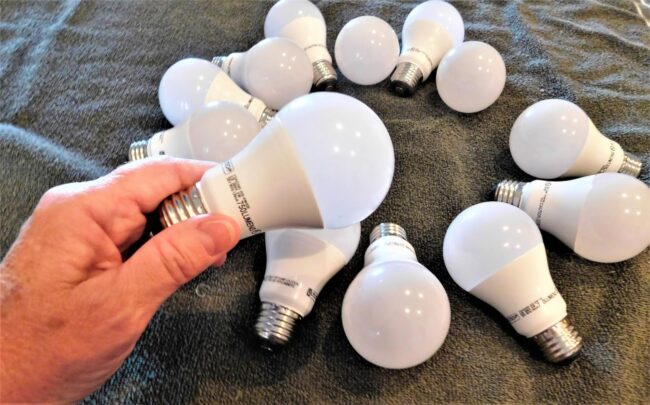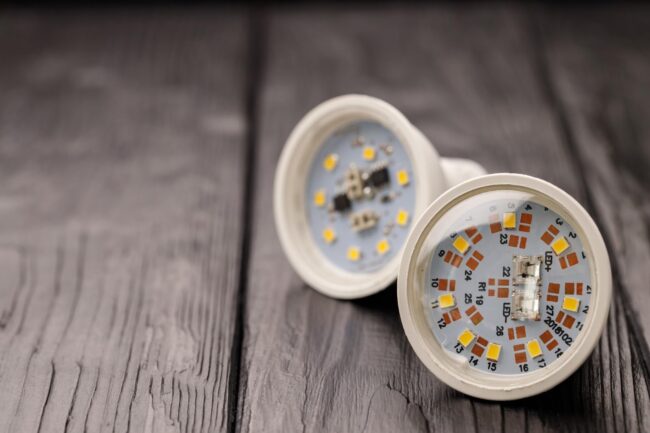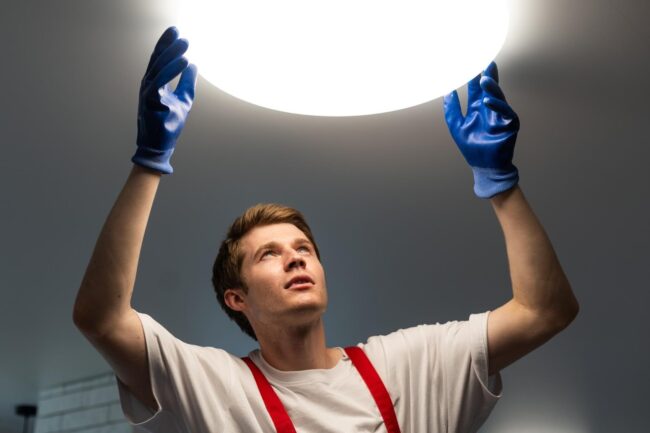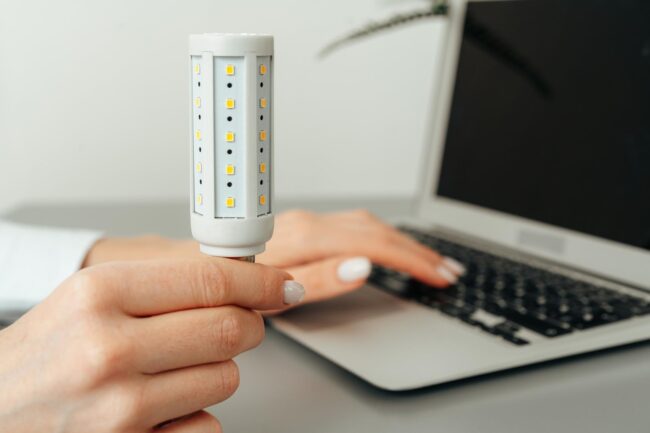
LED lights have revolutionized lighting solutions in homes, offices, and outdoor spaces due to their energy efficiency, long lifespan, and minimal maintenance requirements. However, like any other lighting fixture, LED lights require proper care to ensure they function optimally and last as long as possible. This guide will walk you through practical steps to maintain and clean your LED lighting effectively.
Why LED maintenance matters?
Maintaining LED lights is essential for several reasons. Clean and well-maintained lights operate more efficiently, providing better illumination that brightens your space effectively. Proper care can also significantly extend the lifespan of your LED lights, saving money on replacements over time. Maintaining clean lights enhances the overall appearance of the space by ensuring they look and perform their best. Regular maintenance also reduces the risk of electrical faults or overheating, improving safety and peace of mind.
Tools and materials you will need to keep your LEDs clean
Before starting the cleaning process, it is important to gather the proper cleaning equipment. A soft cloth (made of microfiber) is ideal for gently wiping surfaces without causing scratches. You may also need mild detergent or cleaning solution to gather tackle tougher grime or smudges. For hard-to-reach areas, a can of compressed air can help dislocate dust and debris. A small brush with soft bristles is useful for intricate details. A ladder might be necessary for cleaning ceiling-mounted fixtures. Gloves are recommended to protect your hands and prevent leaving fingerprints on the lights. Dry, lint-free cloth ensures that is no residue left after cleaning.

Step-by-step guide to cleaning LED lights
1. Turn off the power
Safety should always come first. Before cleaning any electrical fixture, make sure to turn off the power off at the switch or circuit breaker. This step is crucial to prevent electrical shocks and ensure your safety while handling the lights.
2. Allow the lights to cool down
Although LED lights emit minimal heat compared to traditional bulbs, they can still become warmer after extended use. Allow them to cool completely before handing to avoid discomfort or potential damage to fixture.
3. Remove dust and loose debris
Dust accumulation of LED fixtures can diminish their brightness and efficiency. Use a soft microfiber cloth or a small, soft-bristled brush to gently remove dust from the surface. For areas that are difficult to access, compressed air can be an effective tool for blowing out debris. This initial step is vital for preparing the surface for deeper cleaning.
4. Gentle clean the exterior surfaces
Dampen the microfiber cloth with a mild, non-alcohol cleaning solution or a mixture of water and few drops of dish soap. Gently wipe the surface of the lighting fixture, paying attention to the areas with visible dirt and smudges. It is important to avoid harsh chemicals and abrasive materials, as these can damage the finish of the fixture. Take your time to ensure all visible grime is removed.
5. Clean the lenses or covers
Over time, the lenses of LED lights can become cloudy and dirty. If the covers are detachable, carefully remove them and wash them with a mild detergent solution. Rinse them thoroughly with clean water and dry them with lint-free cloth before reassembling.
6. Inspect for damage
As you clean, take the opportunity to inspect the lights for any signs of damage. Look for cracks in the casing or lens, loose connections or discoloration that might indicate potential overheating. Identifying these issues early allows you to address them promptly, preventing further damage and potential safety hazard.
7. Reassemble and test
After completing the cleaning process and inspecting the fixture, carefully reassemble any detached parts. Turn the power back and test the lights to ensure they are functioning correctly and providing optimal brightness. This final step ensures that the cleaning process has been successful and that your LEDs are ready for continued use.

Tips for maintaining LED lights
In addition to frequently cleaning, there are several strategies you can adapt to ensure the longevity of your LED lights. Firstly, always the correct voltage. Using an incompatible voltage can damage the lights and reduce their lifespan. Keep them away from moisture unless they are specifically designed for damp environments. In outdoor applications, ensure you use waterproof fixtures. If you notice any issues such as flickering, dimming, or discoloration, address them promptly by replacing damaged components. Ignoring these warning signs can lead to further complications. Finally, always follow the manufacturer’s instructions for maintenance and cleaning. These guidelines are specifically designed to help you care for your lights according to their unique design and requirements.
Common mistakes to avoid
There are several common mistakes people make when maintaining LED lights, which can be easily avoided. Neglecting regular cleaning can lead to significant dust buildup, reducing the lights’ efficiency and brightness. Using harsh chemicals or abrasive materials to clean LED fixtures can damage the finish and internal components, so it is crucial to stick to gentle cleaning solutions. Never clean LED lights while they are powered on, as this poses a serious safety risk. Ignoring warning signs such as flickering or unusual behavior in LED lights can lead to further damage, so it is important to address these issues promptly. Lastly, improper installation can cause long-term issues and require frequent maintenance, so always ensure the lights are installed correctly from the beginning.
All the benefits of proper LED light maintenance
Regular maintenance reduces replacement and energy costs, saving you money in the long run. Clean and well-maintained lights provide consistent brightness and color accuracy, enhancing the overall quality of illumination in your space. Proper care also has a positive environmental impact, as energy-efficient LEDs consume less power and contribute to a smaller carbon footprint. Regular cleaning and inspection improve safety by minimizing risks associated with electrical faults. By taking the time to care for your LED lights, you ensure they remain an effective and reliable lighting solution.

Caring for your LEDs – conclusion
Maintaining and cleaning your LED lights is not just about preserving their appearance, but also about ensuring their performance and longevity. By taking proactive steps to clean, inspect, and care for your lights, you can enjoy consistent brightness, energy efficiency, and long-term cost savings. Each step, from using the correct voltage to providing adequate ventilation, plays a vital role in keeping your LED fixtures in excellent condition. Avoiding common pitfalls, such as neglecting maintenance or using improper cleaning techniques, helps you maximize the benefits of this innovative lighting technology.
Proper LED light maintenance is also an investment in safety and sustainability. Clean and functional lights reduce the risk of electrical hazards while contributing to a greener environment through reduced energy consumption. By incorporating regular maintenance into your routine, you’re not just prolonging the life of your fixtures—you’re enhancing the ambiance and functionality of your space. Take the time to prioritize your LED lights today, and they will continue to brighten your world for years to come. The effort you invest now will ensure that your LED lights remain a cornerstone of modern, efficient, and stylish lighting.
